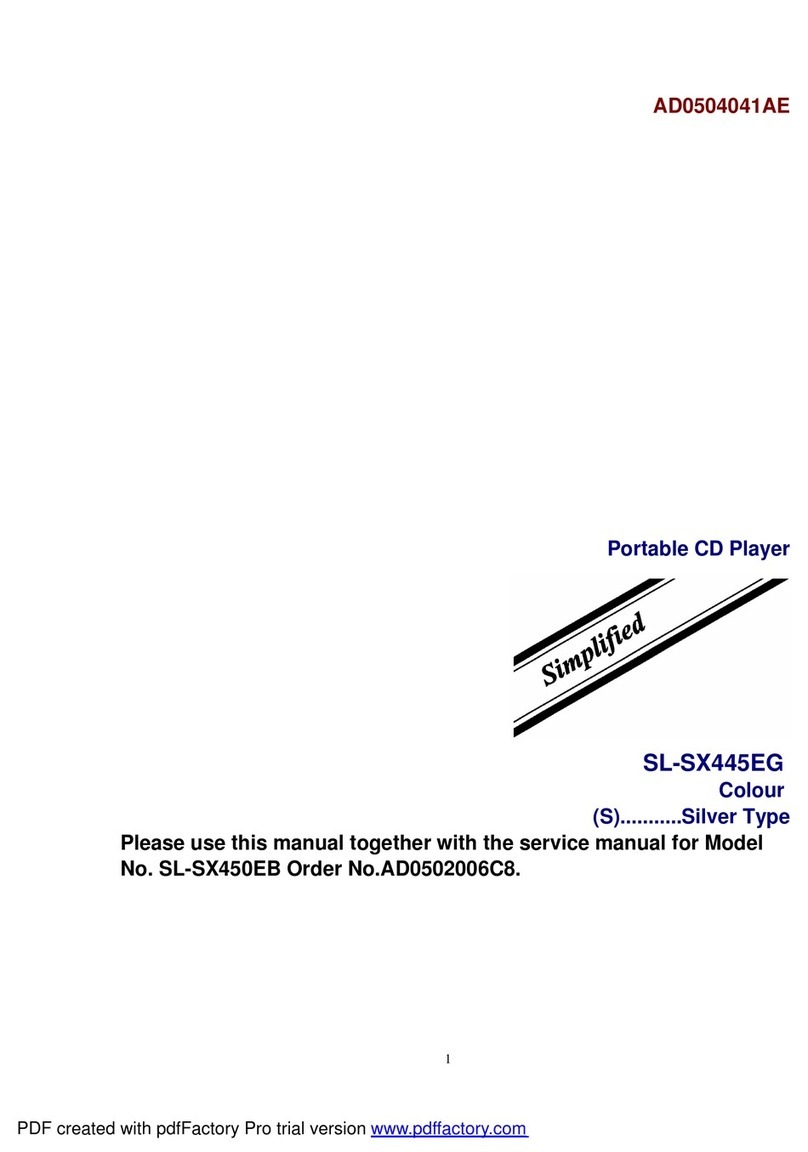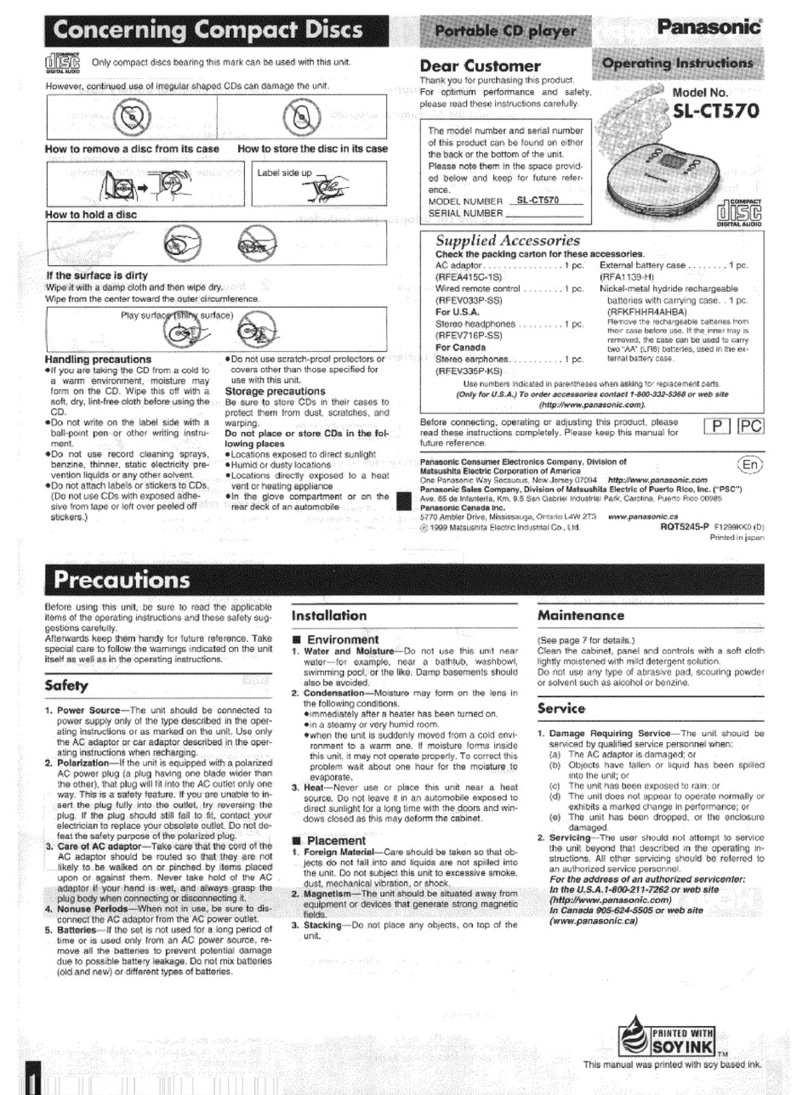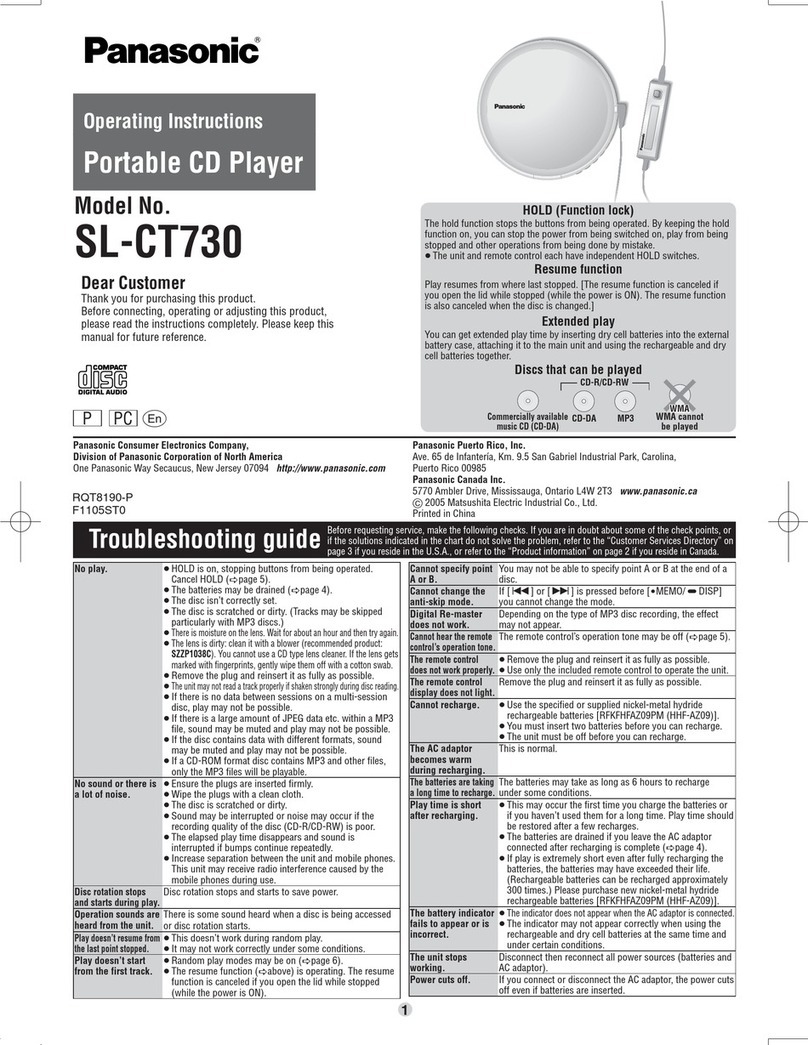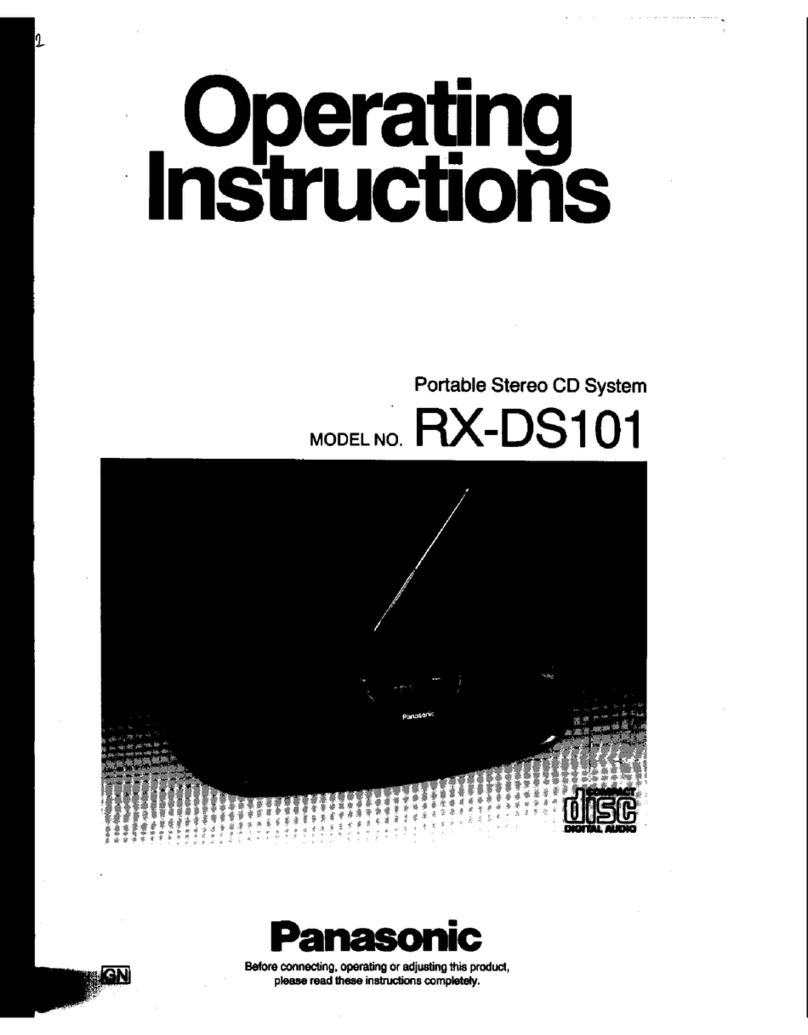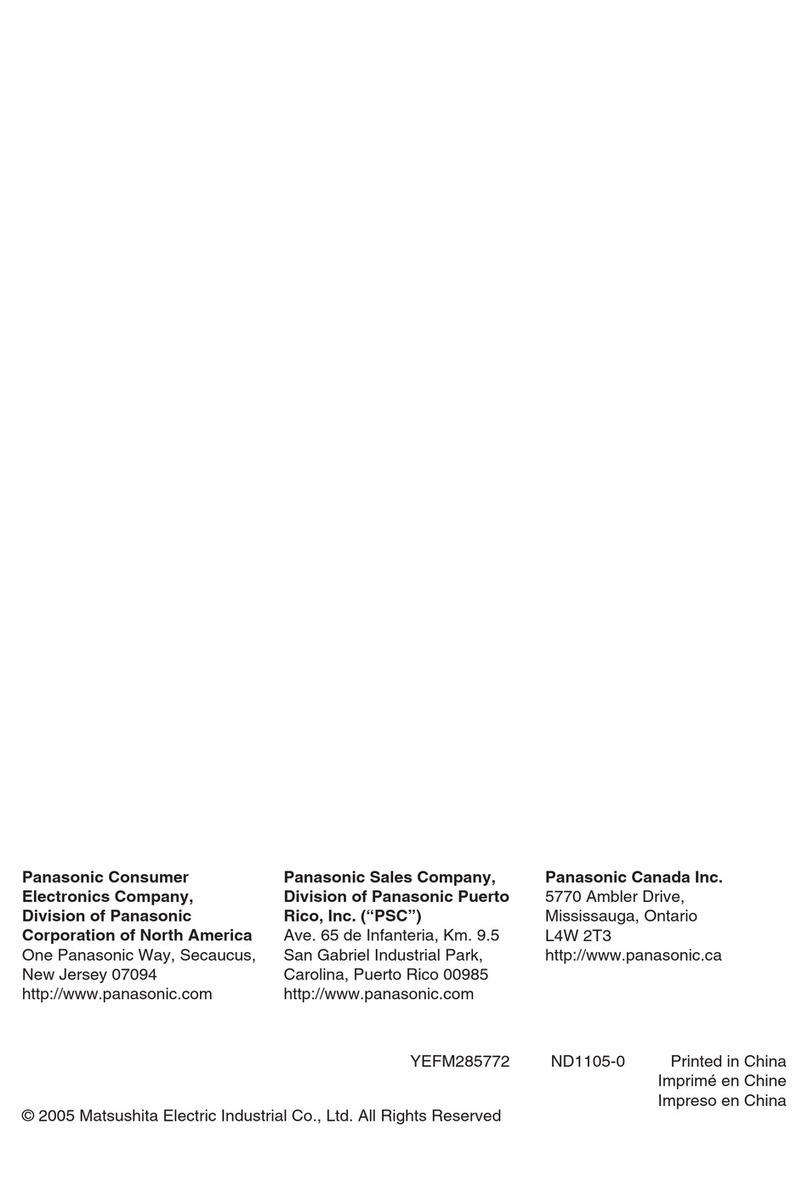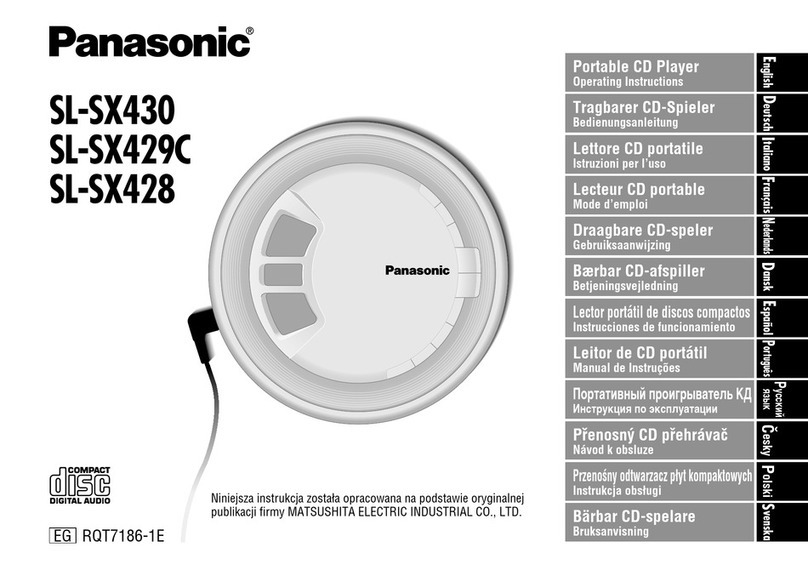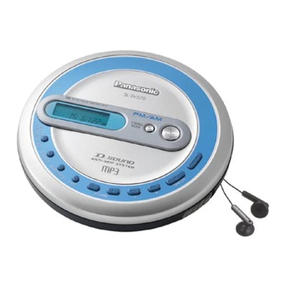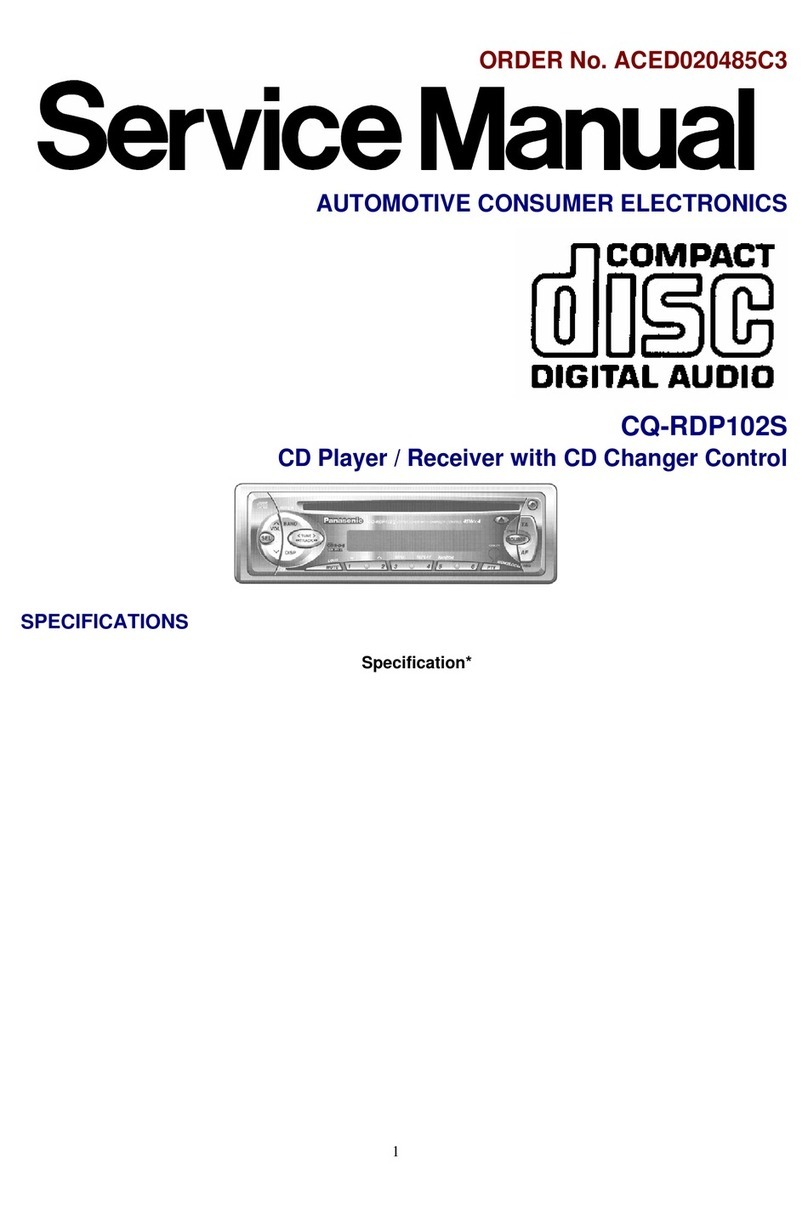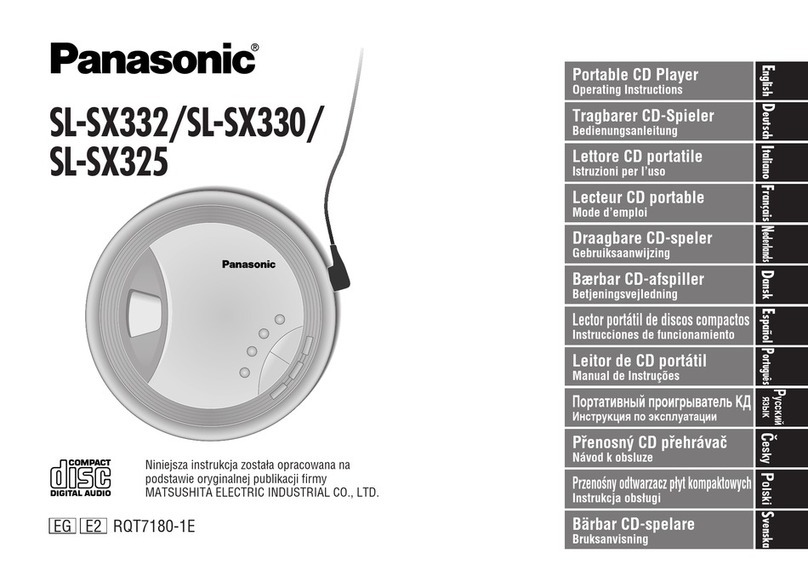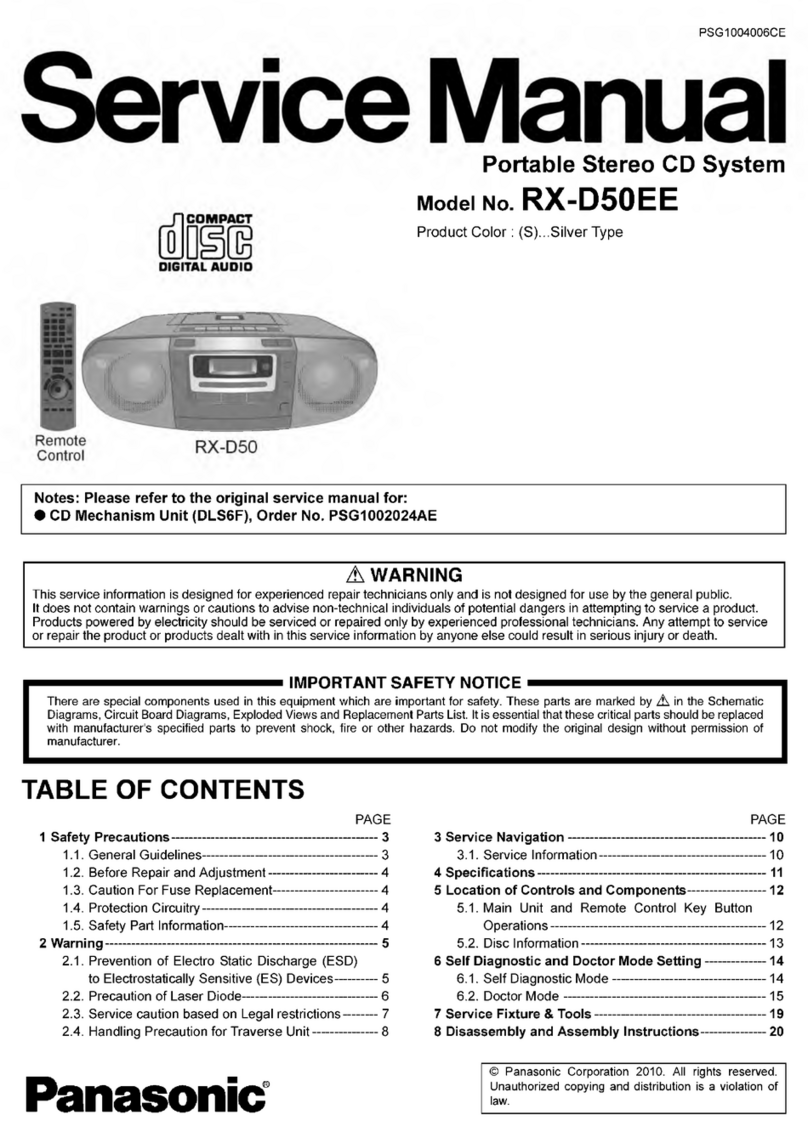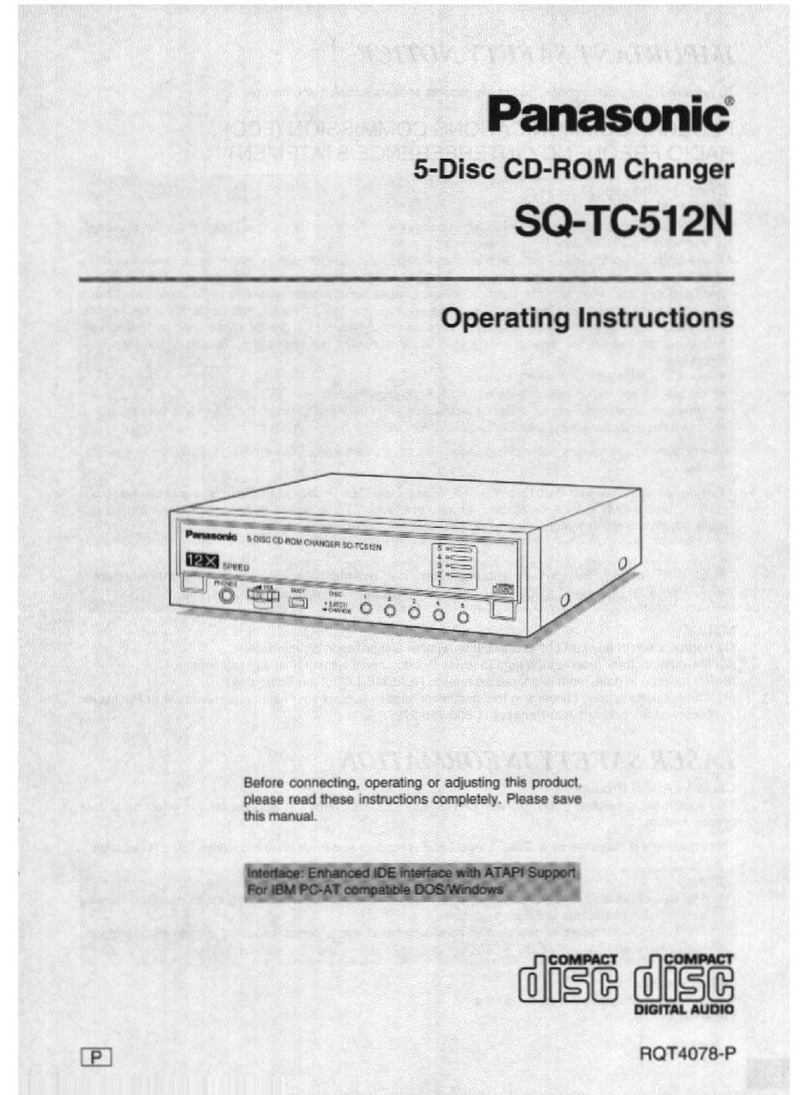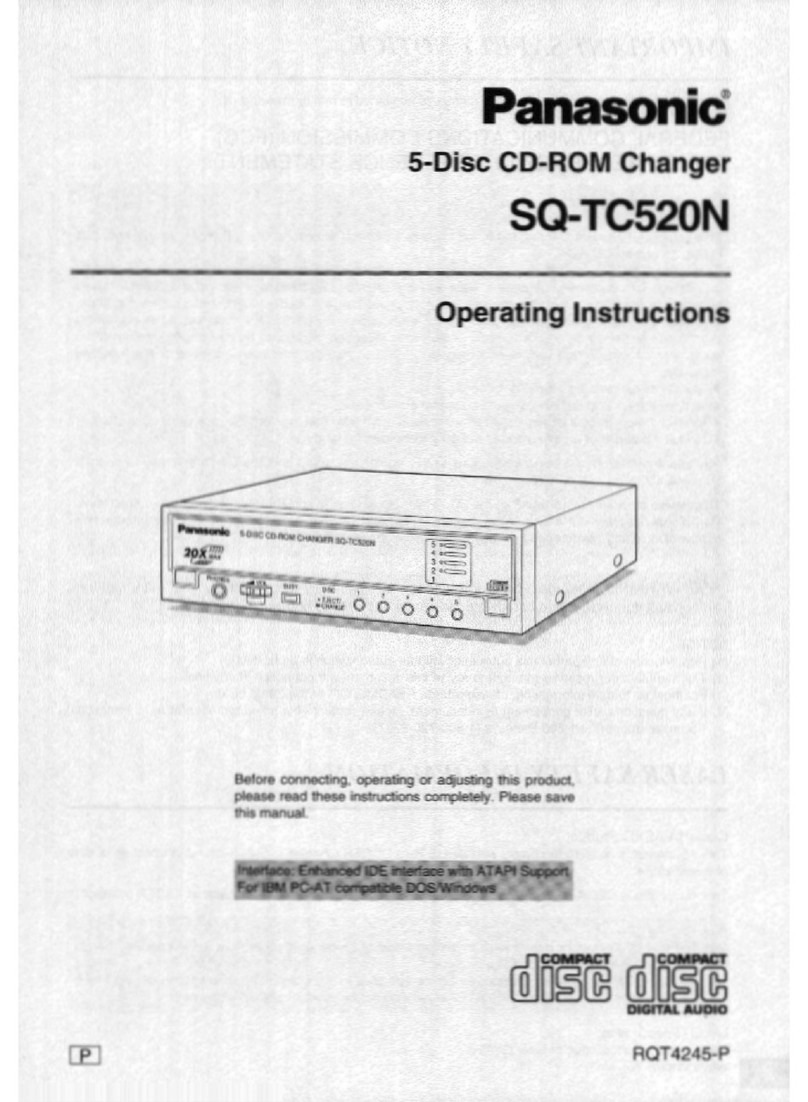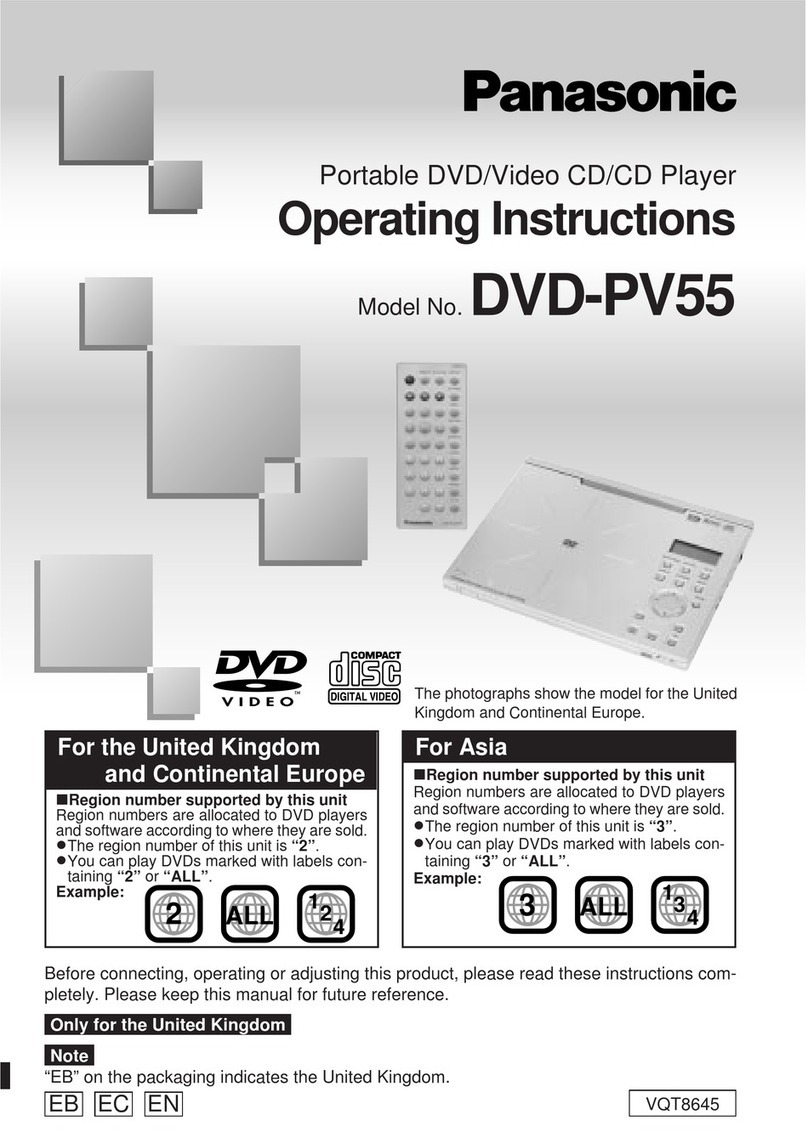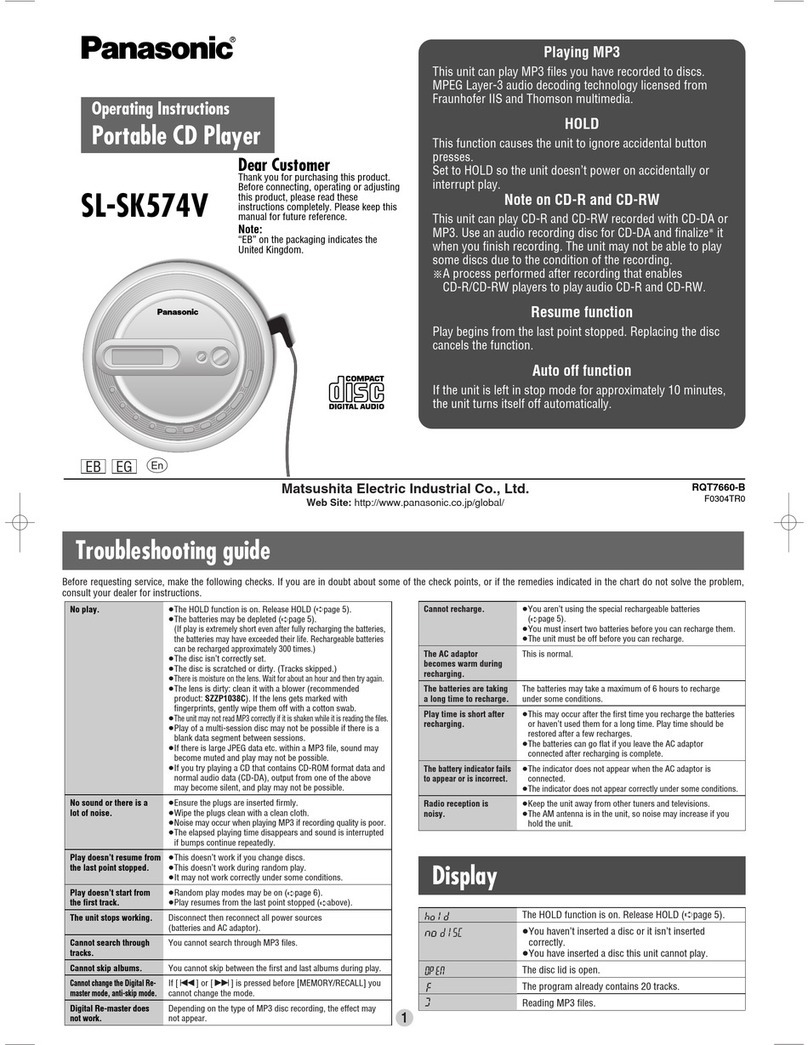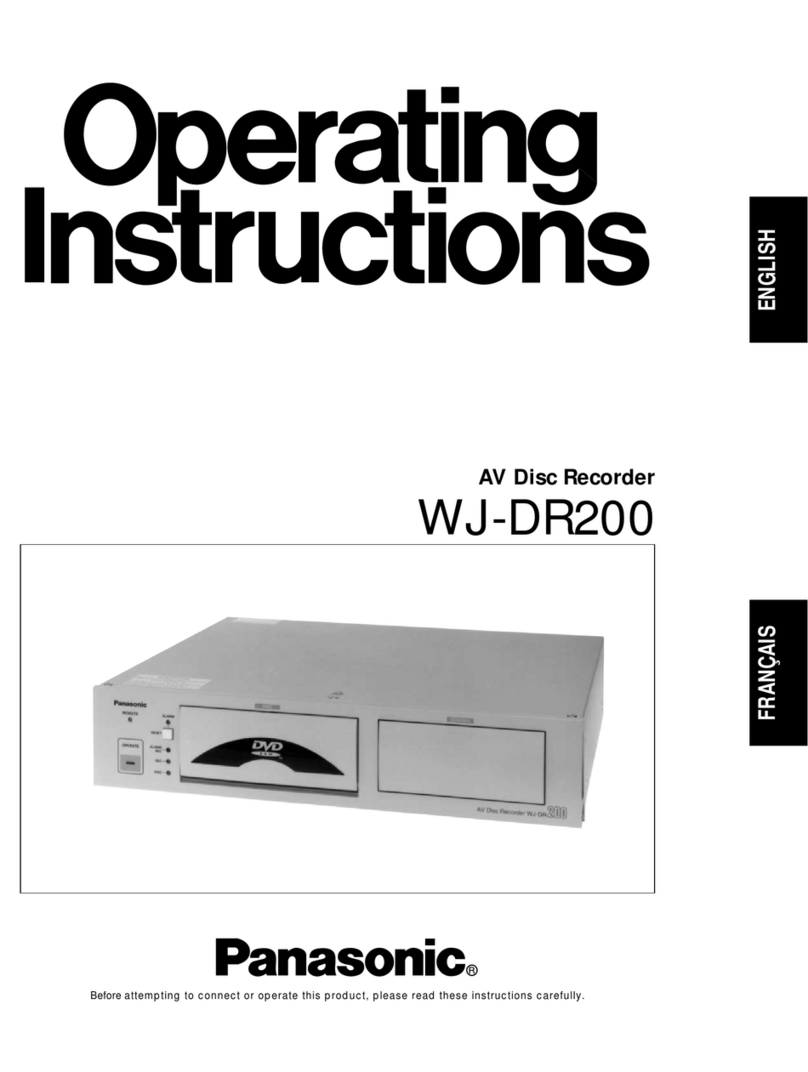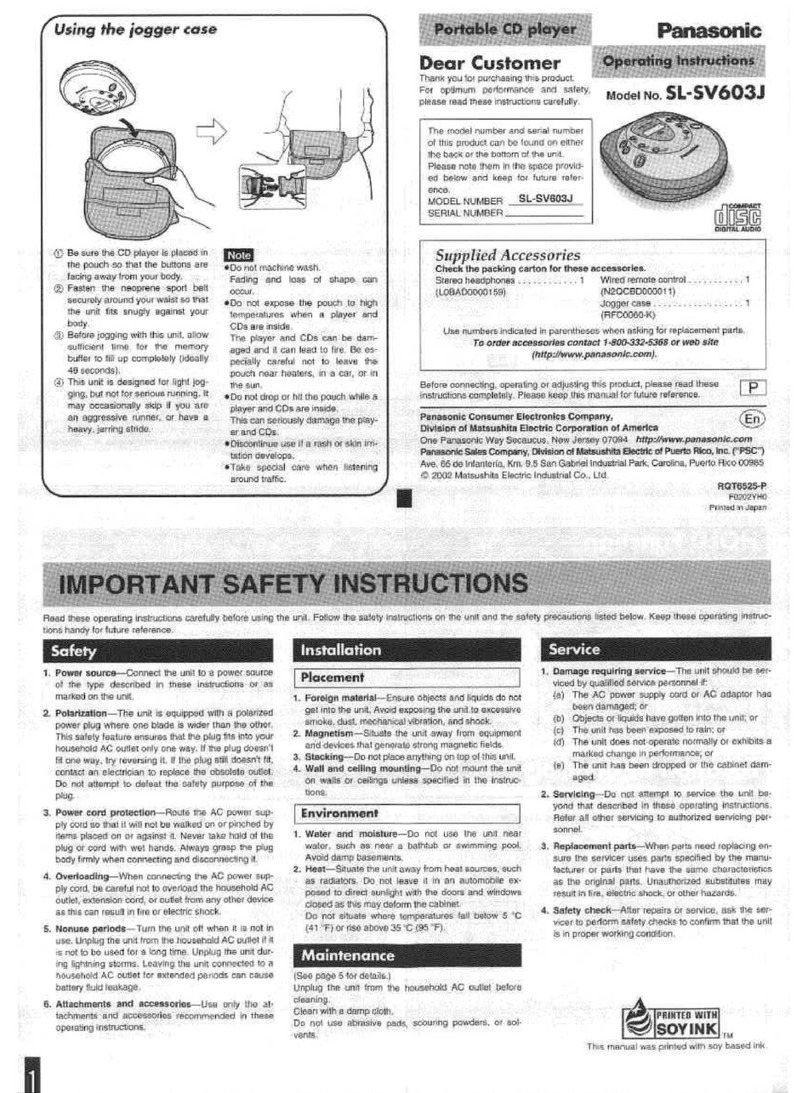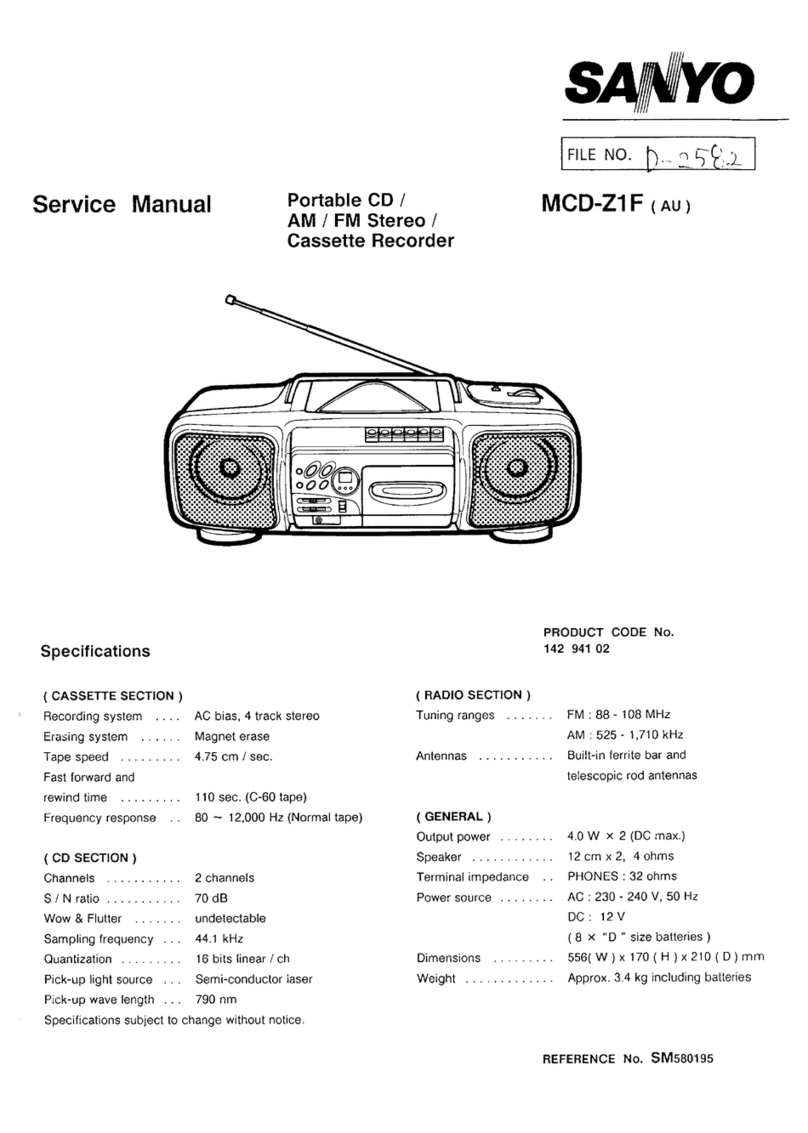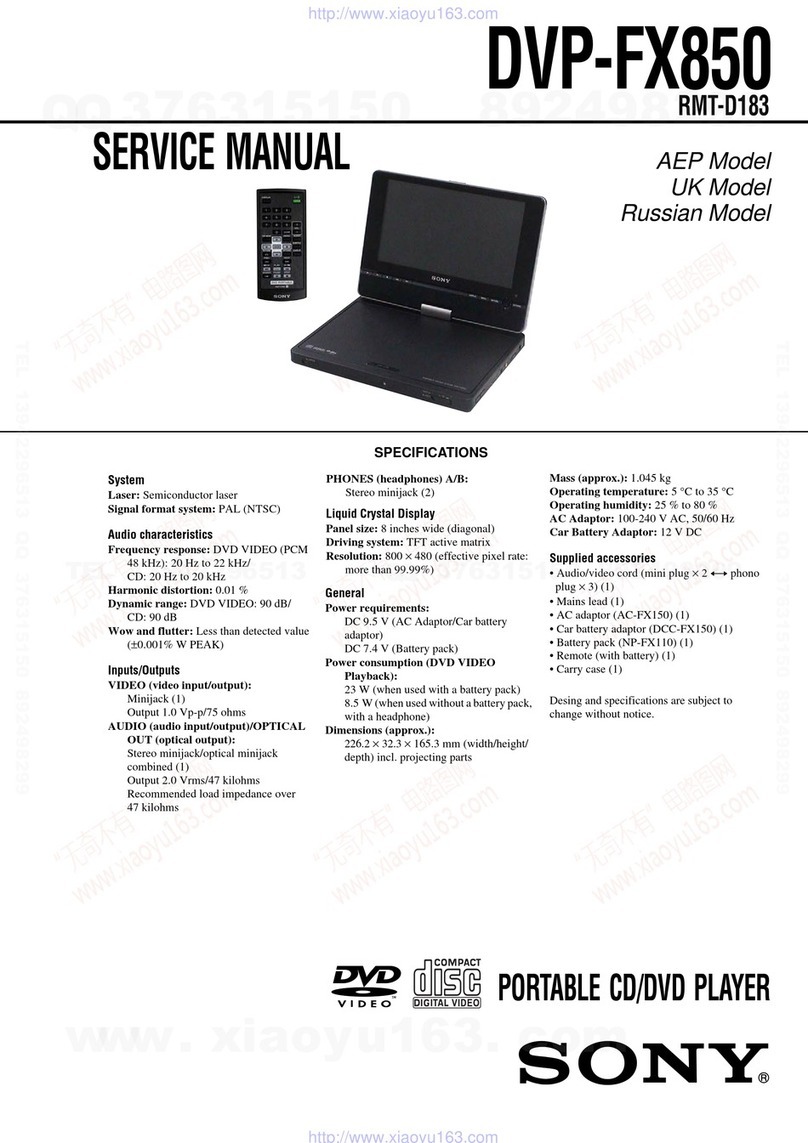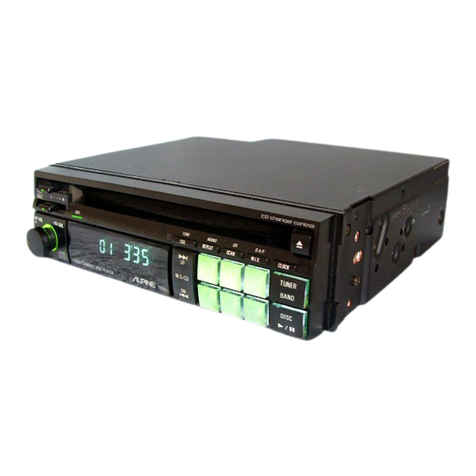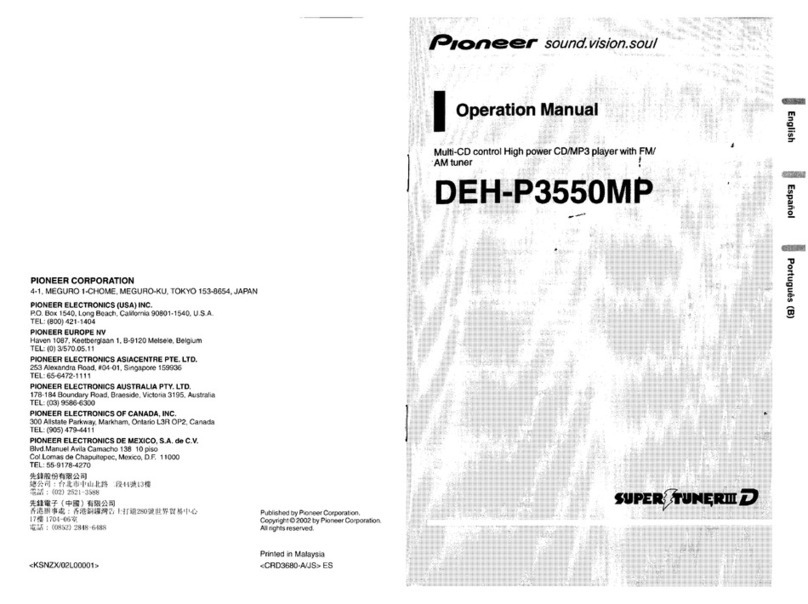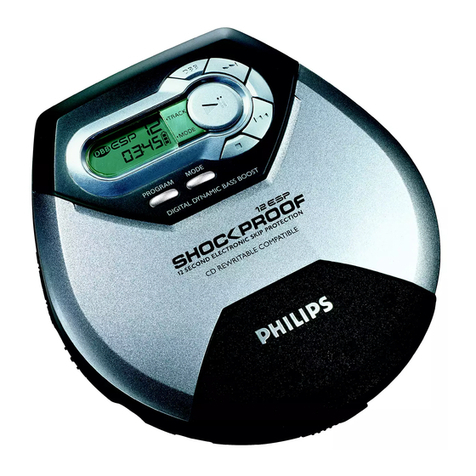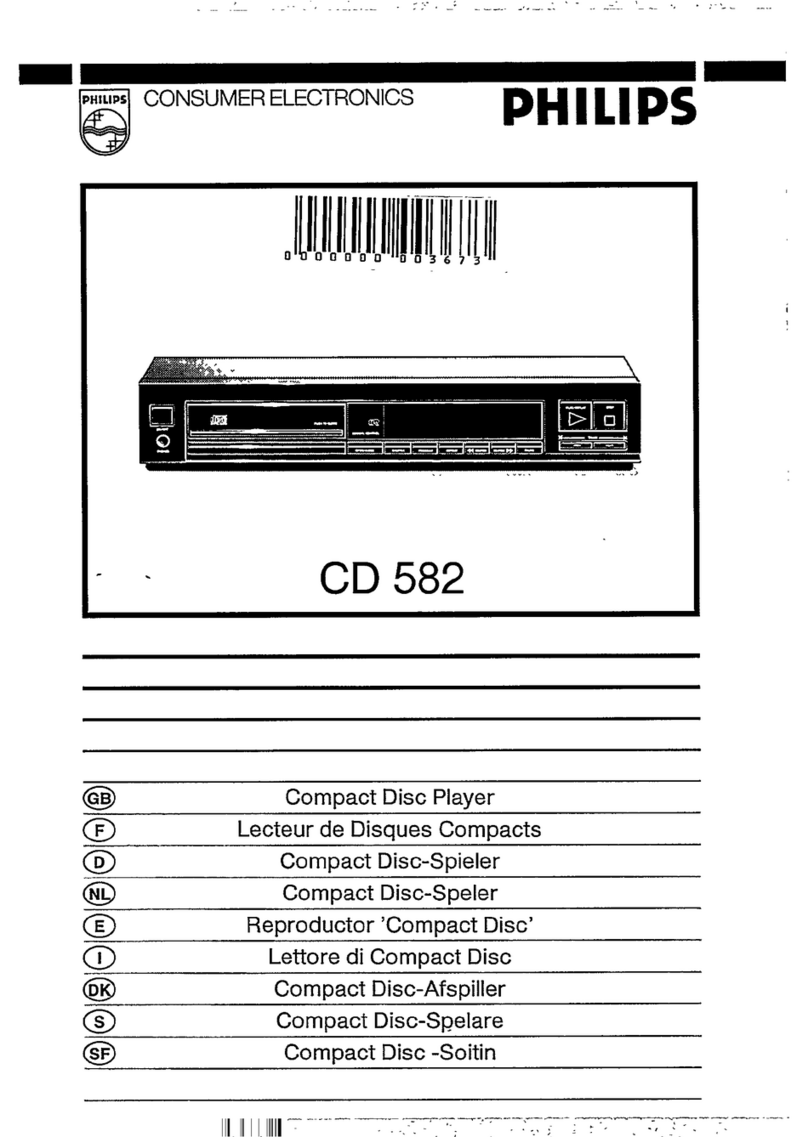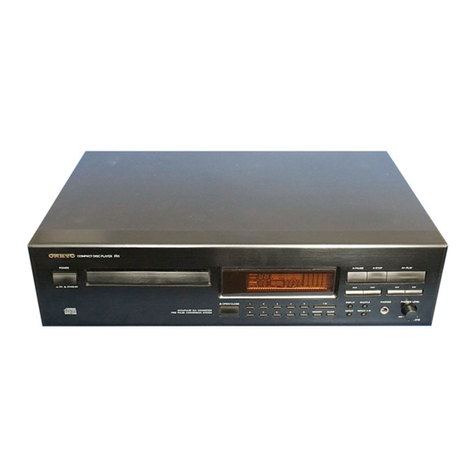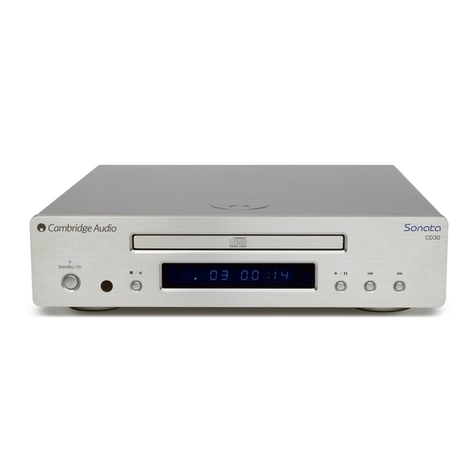
Ib
et
I)
m
Before using this unit please read these operating instructions care-
fully• Take special care to follow the warnings indicated on the unit
itself as well as the safety suggestions listed below.
Afterwards keep them handy for future reference.
1. Power Source--The unit should be connected to power supply
only of the type described in the operating instructions or as
marked on the unit.
2. Polarization--If the unit is equipped with a polarized AC power
plug (a plug having one blade wider than the other), that plug
will fit into the AC outlet only one way. This is a safety feature. If
you are unable to insert the plug tully into the outlet, try revers-
ing the plug. If the plug should still fail to fit, contact your eleCtri-
clan to replace your obsolete outleL Do not defeat the safety
purpose of the polarized plug.
3. Power Cord Protection--AC power supply cords should be
routed so that they are not likely to be walked on or pinched by
items placed upon or against them• Never take hold of the plug
or cord if your hand is wet, and always grasp the plug body
when connecting or disconnecting it.
4. Nonuse Periods--When the unit is not used, turn the power
off. When left unused for a long period of time, the unit should
be unplugged from the household AC outlet•
Placement ]
1. Ventilation--The unit should be situated so that its location or
position does not interfere with its proper ventilation. Allow
10 cm (4") clearance from the rear of the unit.
2. Foreign Material--Care should be taken so that objects do not
fatt into and liquids are not spirted into the unit. Do not subject
this unit to excessive smoke, dust, mechanical vibration, or
shock.
3. Magnetism--The unit should be situated away from equipment
or devices that generate strong magnetic fields.
4. Stacking--Do not place heavy objects, other than system com-
ponents, on top of the unit.
5. Surta_e--Piace the unit on aflat, level surface.
6. Carts and Stands--The unit should be used only with acart or
stand that is recommended by the manufacturer. A
The unit and cart combination should be moved
with care. Quick stops, excessive force, and un-
even surfaces may cause the unit end cart com-
bination to overturn.
7. Wall or Ceiling Mounting--The unit should not be mounted to
a wall or ceiling, unless specified in this operating instructions.
Clean the cabinet, panel and controls with a soft cloth lightly moist-
ened with mild detergent solution•
Do not use any type of abra_ve pad, scouring powder or solvent
such as alcohol or benzine.
Environment
1. Water and Moisture--Do not use this unit near water--for ex-
ample, near a bathtub, washbowl, swimming pool, or the like.
Damp basements should a_sobe avoided.
2. Condensation--Moisture may form on the lens in the following
conditions...
eimmediately after aheater has been turned on.
ein a steamy or very humid room•
ewhen the unit is suddenly moved from a cold environment to a
wanTi one.
If moisture forms inside this unit, it may not operate propedy. To
correct this problem, turn on the power and wait about one hour
for the moisture to evaporate.
3, Heat--The unit should be situated away from heat sources
such as radiators and the _ike. It also should not be placed in
temperatures less than 5°C (41°F) or greater than 35°C (95°F).
1. Damage Requiring Service--The unit should be serviced by
qualified service personnel wdee:
(a) The AC power supply cord or the plug has been damaged; or
(b) Objects have fallen or liquid has been spilled into the unit; or
(c) The unit has been exposed to rain; or
(d) The unit does not appear to operate normally or exhibits a
marked change in performance; or
(e) The unit has been dropped, or the enclosure damaged.
2. Servicing--The user should not attempt to service the unit be-
yond that described in the operating instructions. All other
servicing should be referred to an autbedzed service personnel.
For the address of an authorized servicenter:
In the U.S.A. 1.800-211-7262 or web site
(http://www.panasonic.com)
In Canada 905-624-5505 or web site
(www.panasonic.ca)
